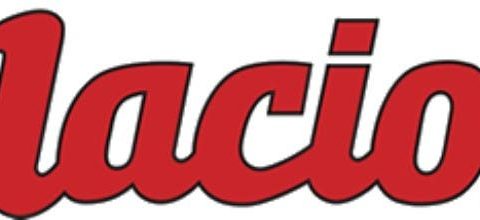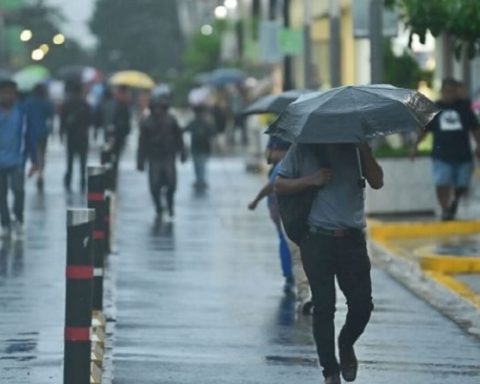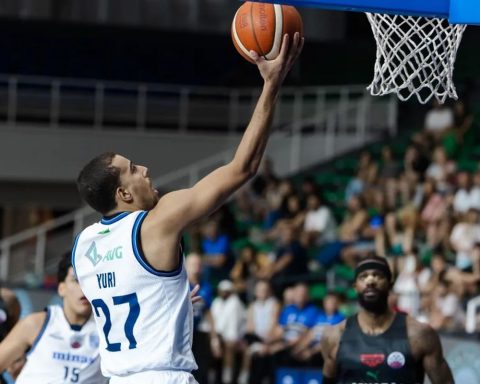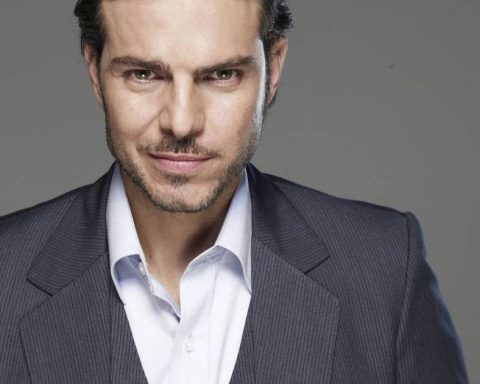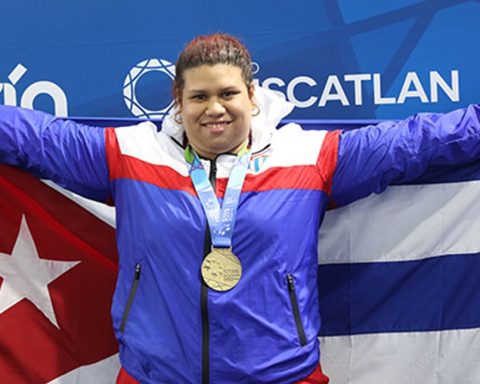After receiving the legacy of the iconic deceased queen in September, valued at 360 million pounds ($449 million)the Fortune of the new British monarch will amount to 600 million pounds (748 million dollars)estimated the newspaper The Times.
According to a source close to the royal family quoted by the newspaper, Carlos III carried out a ambitious investment policy to replenish his coffers after divorcing Diana.
The split cost him £17 million in 1996, but the then Prince of Wales did not start from scratch since he had the resources of the Duchy of Cornwall, whose benefits he received from his mother’s accession to the throne, in 1952, until her death in 2022.
Is about an estate created in the 14th century to give financial independence to the royal heir. In practice, he does not own the assets but receives the benefits they generate until he accedes to the throne.
For Carlos, the dukedom “brings together everything that he is passionate about,” said his wife Camila in an ITV documentary in 2019.
The future king regularly visited the farms he rented to farmers and encouraged them to use sustainable farming methods.
In addition to 260 farms, the duchy owns 52,450 hectares of land and rents £345 million worth of commercial property.
– An ideal town –
Charles III even created a town, Poundbury, on the outskirts of Dorchester, where he applied his architectural preferences.
Under his leadership, the Duchy grew in size and in its latest annual report boasts over £1bn in assets, a record, with an income for the heir of £23m, an increase of more than 40 % in fifteen years.
This income, which now goes to His heir Prince William, 40, filled the coffers of Carlos for many decades, who had to wait until he was 73 years old to ascend to the throne.
Now also, due to a secular tradition confirmed in the 1990s to avoid the dissolution of the royal estate, the monarch “will not pay any inheritance tax” for his mother’s considerable inheritance, specialized lawyer Geoff Kertesz told AFP.
– More than 2,000 million dollars? –
The queen’s will is not public, something also exclusive to monarchs.
But Balmoral Castle, where the royal family vacations, and the Sandringham estate are among the estates inherited by Charles, unlike Buckingham Palace and Windsor Castle, which belong to the state.
Another historical symbol of the British monarchy, the “crown jewels”, which represent several billion pounds, are also the property of the nation and are therefore excluded from the assessment of the royal fortune.
But the state pays the king a “sovereign grant” that corresponds to a quarter of the income generated by the “Crown Estate”, a vast fund made up of real estate assets and all the offshore wind farms in the country. The rest goes to the Treasury.
This endowment reached 86.4 million pounds in 2021-2022.
Finally, a third fund completes the royal fortune: the Duchy of Lancaster, controlled by the monarch, which contributed 24 million pounds to the queen in 2022.
When it comes to assessing the total wealth of the Crown funds, “I don’t think anyone knows how much it represents,” Kertesz admits.
In a series of articles titled “The Cost of the Crown”, Britain’s left-wing daily The Guardian attempted to assess the royal fortune, making the decision to include the assets of the Duchy of Lancaster, which are legally defined as controlled by the state but whose benefit Total goes to the monarch.
The newspaper also includes luxury vehicles, technically owned by the state but used by the royal family.
There are also works of art, including a Claude Monet painting, “Le Bloc”, bought for £2,000 by Elizabeth II’s mother after World War II and now valued at £20 million.
As a result, Carlos III’s fortune would amount to 1,800 million pounds (2,244 million dollars).











